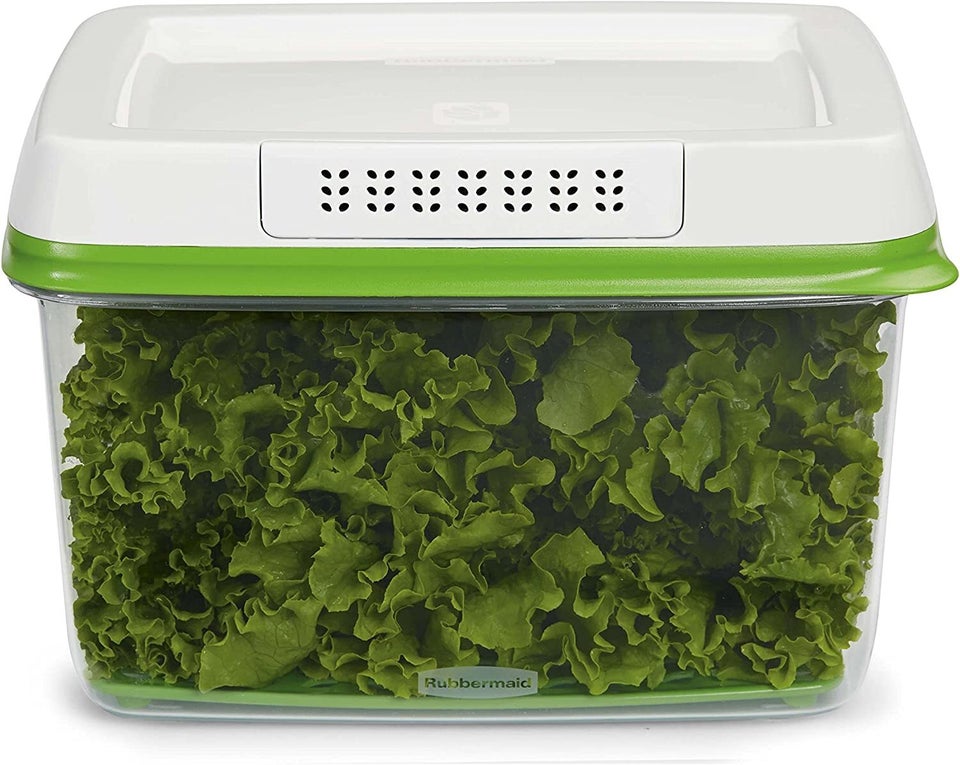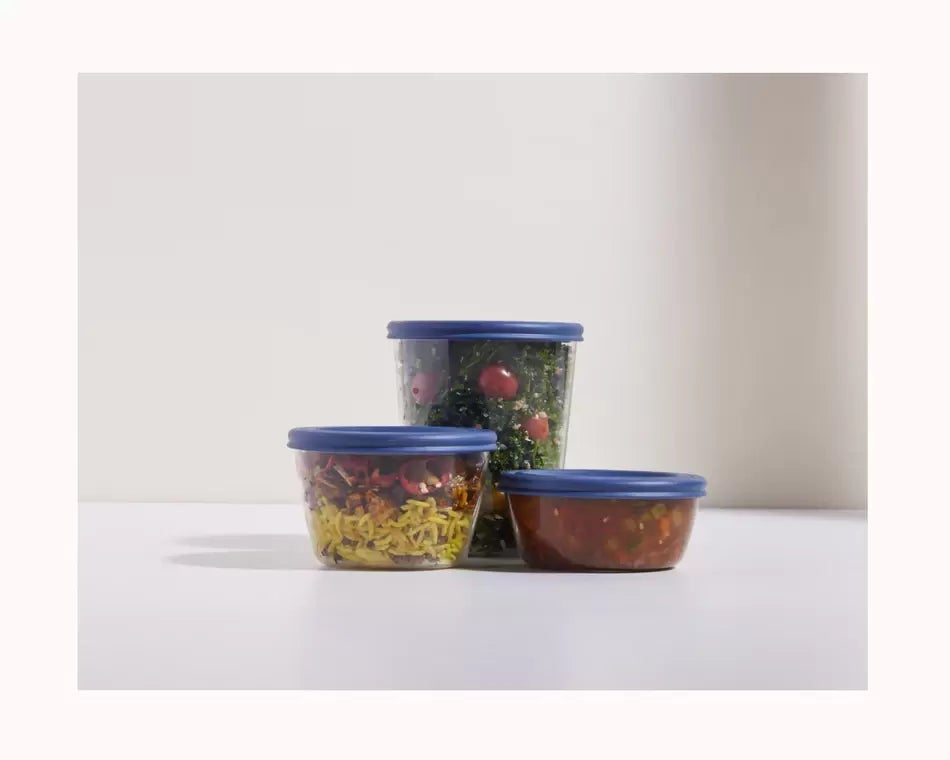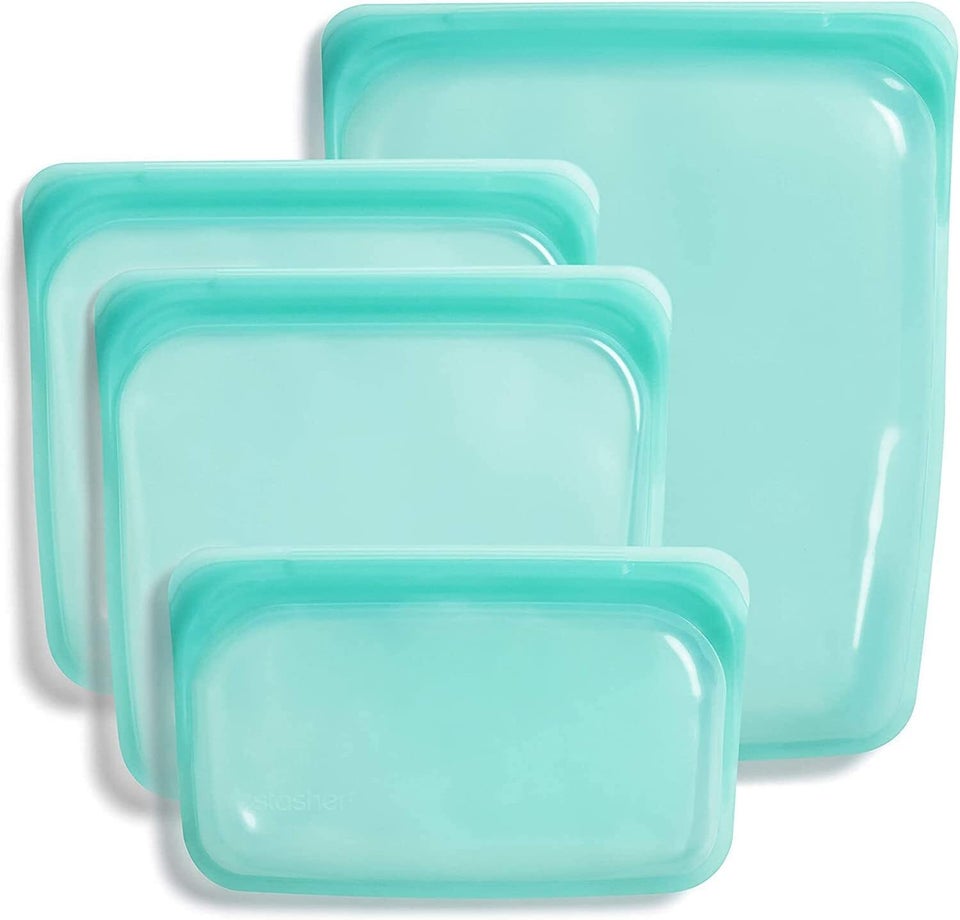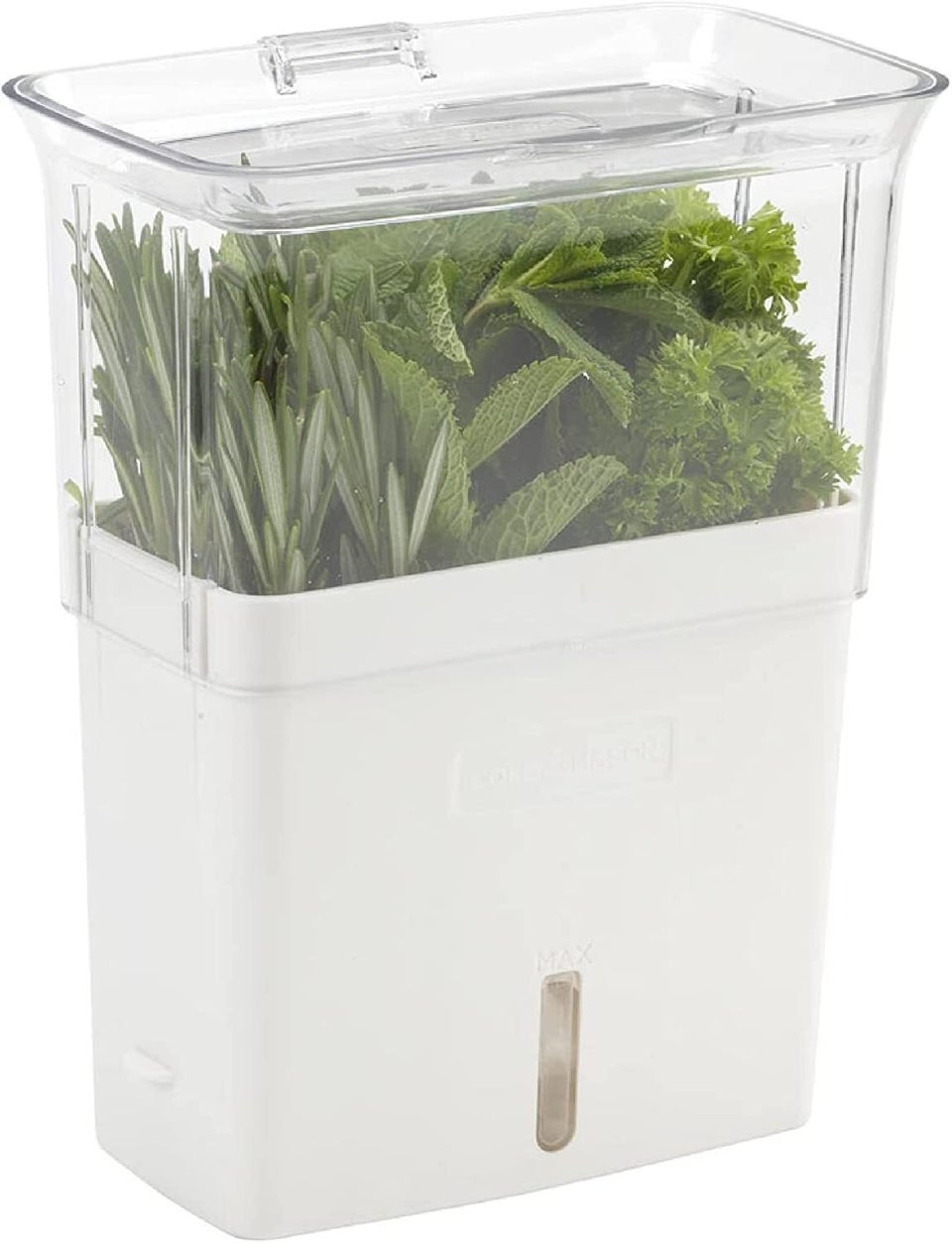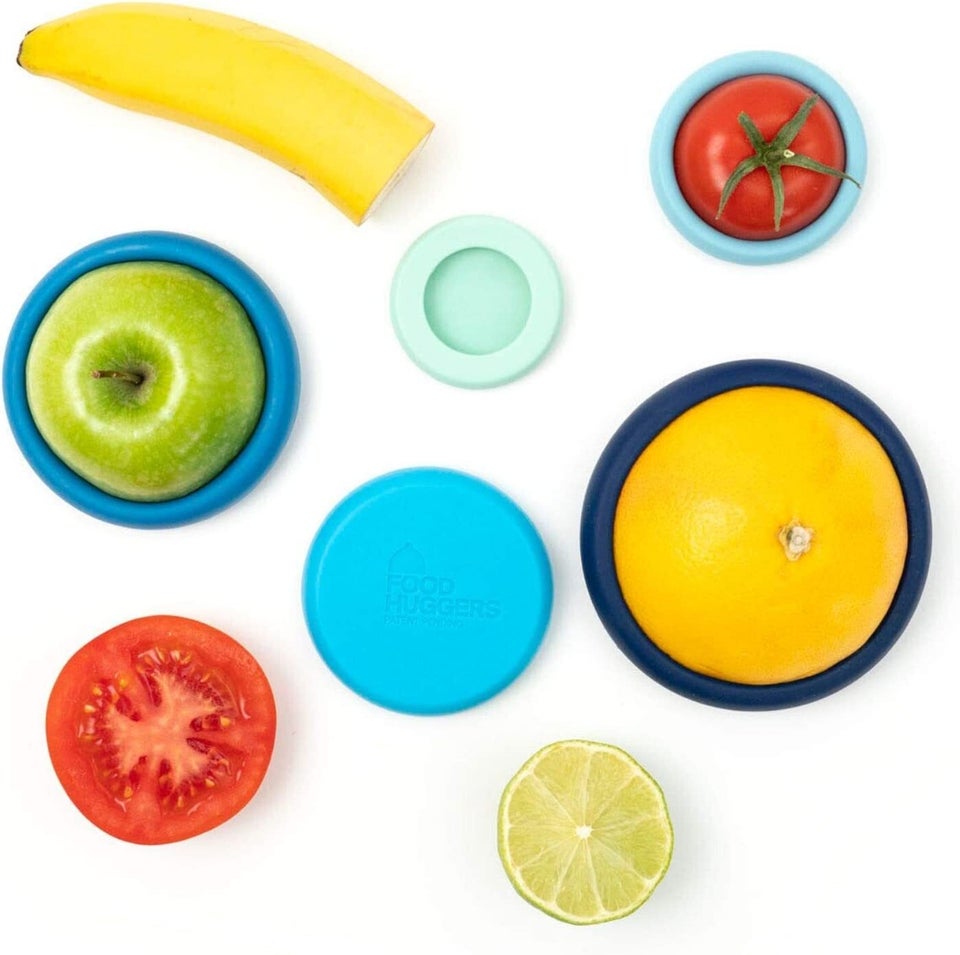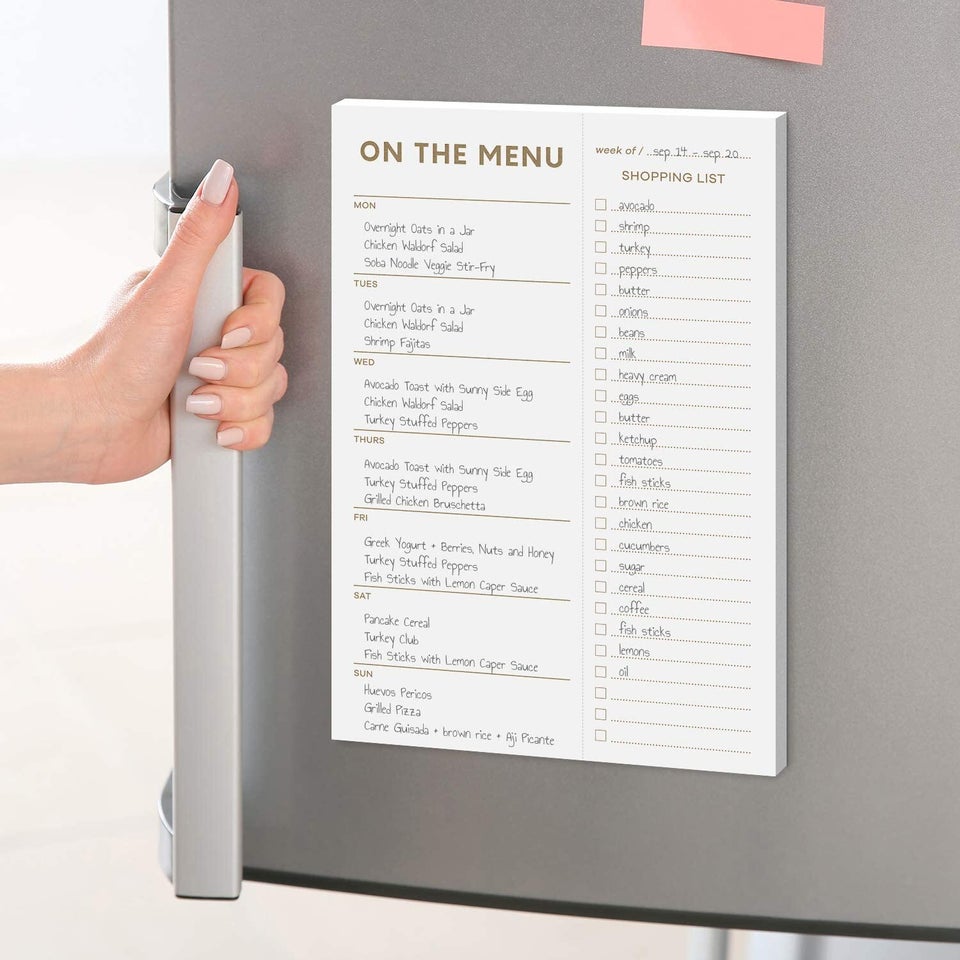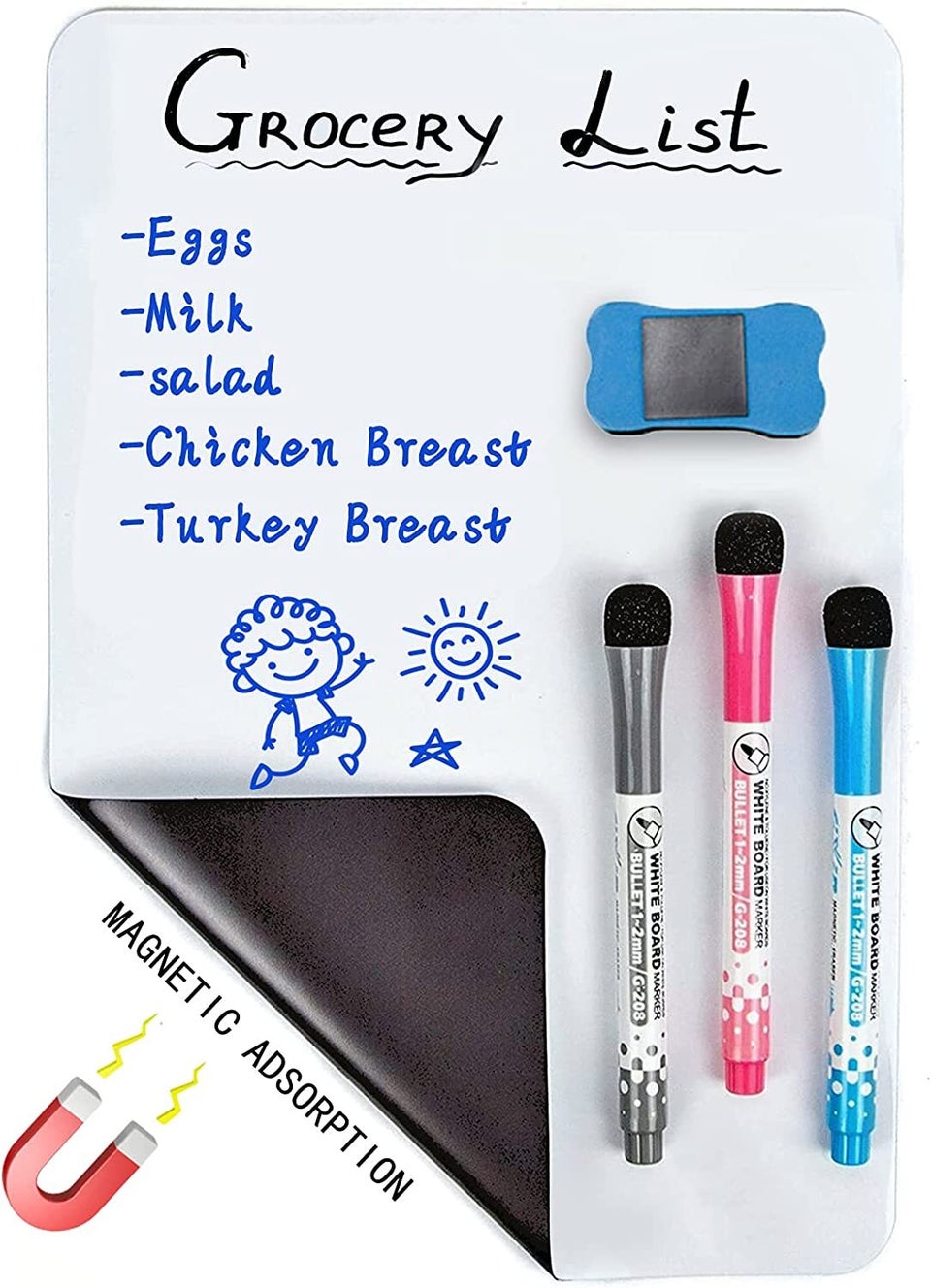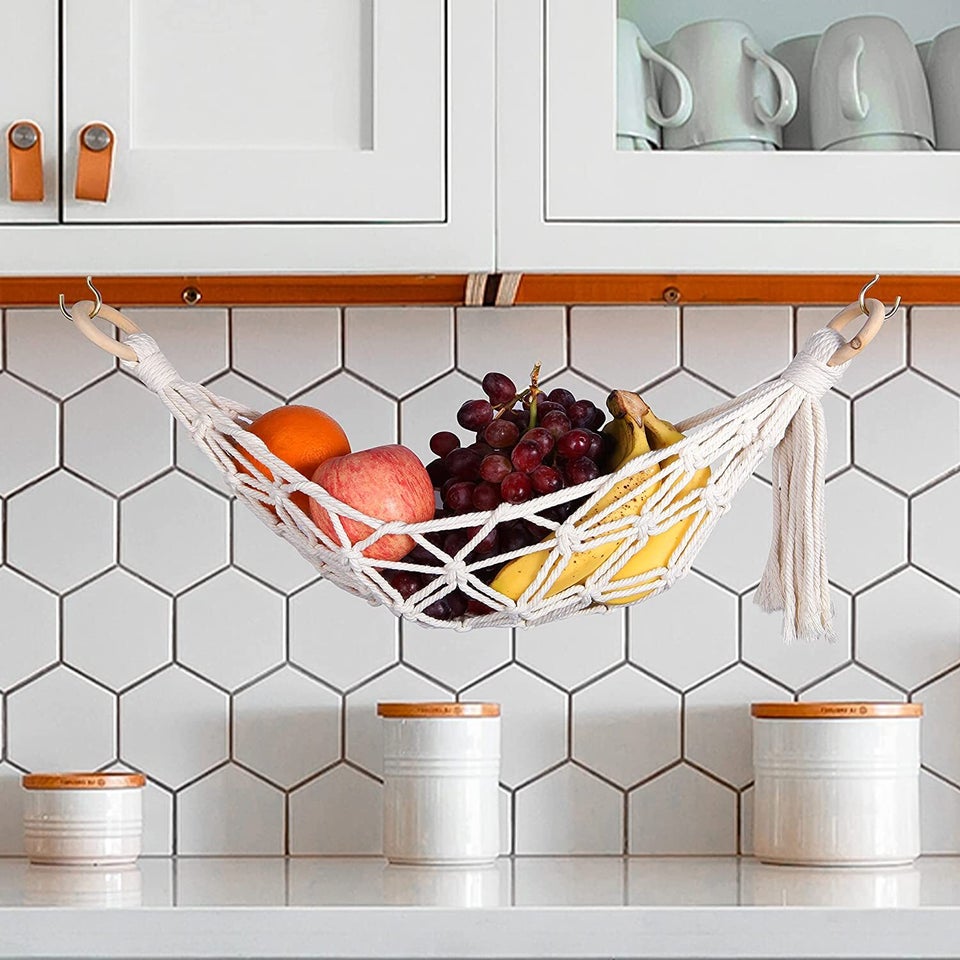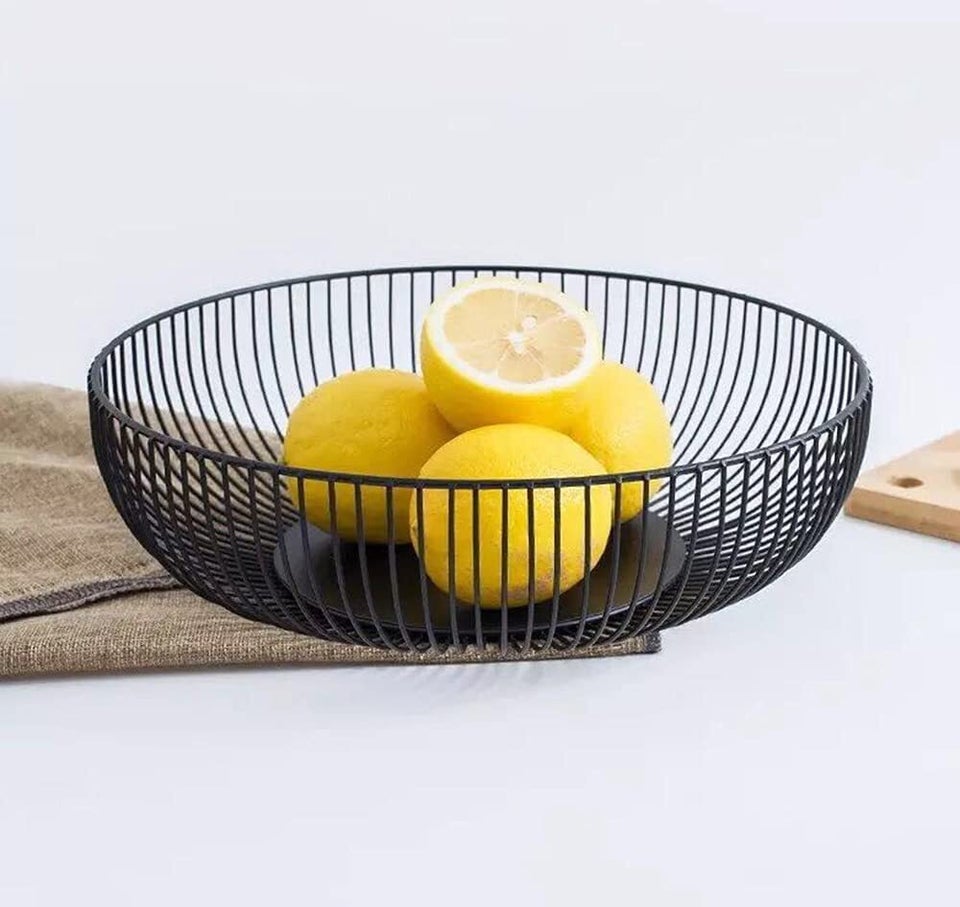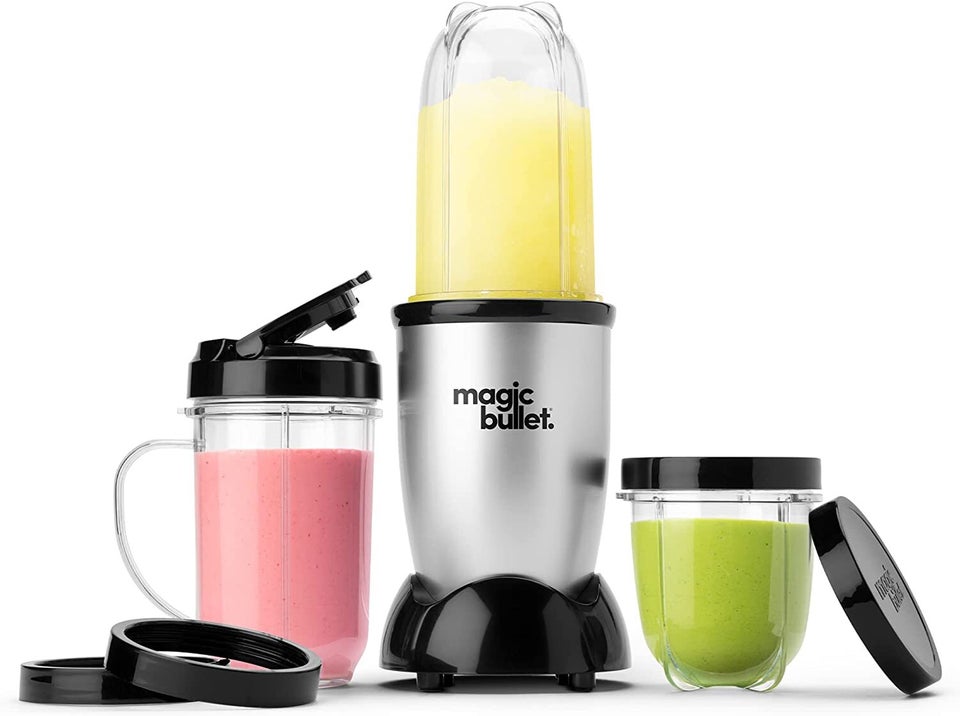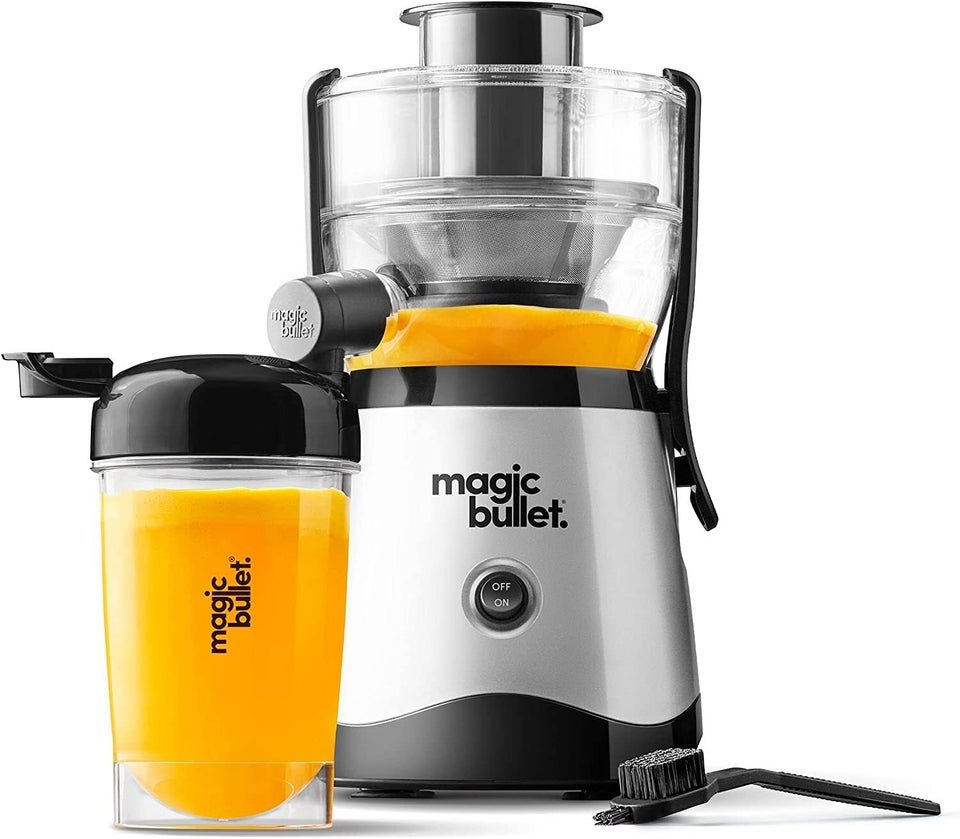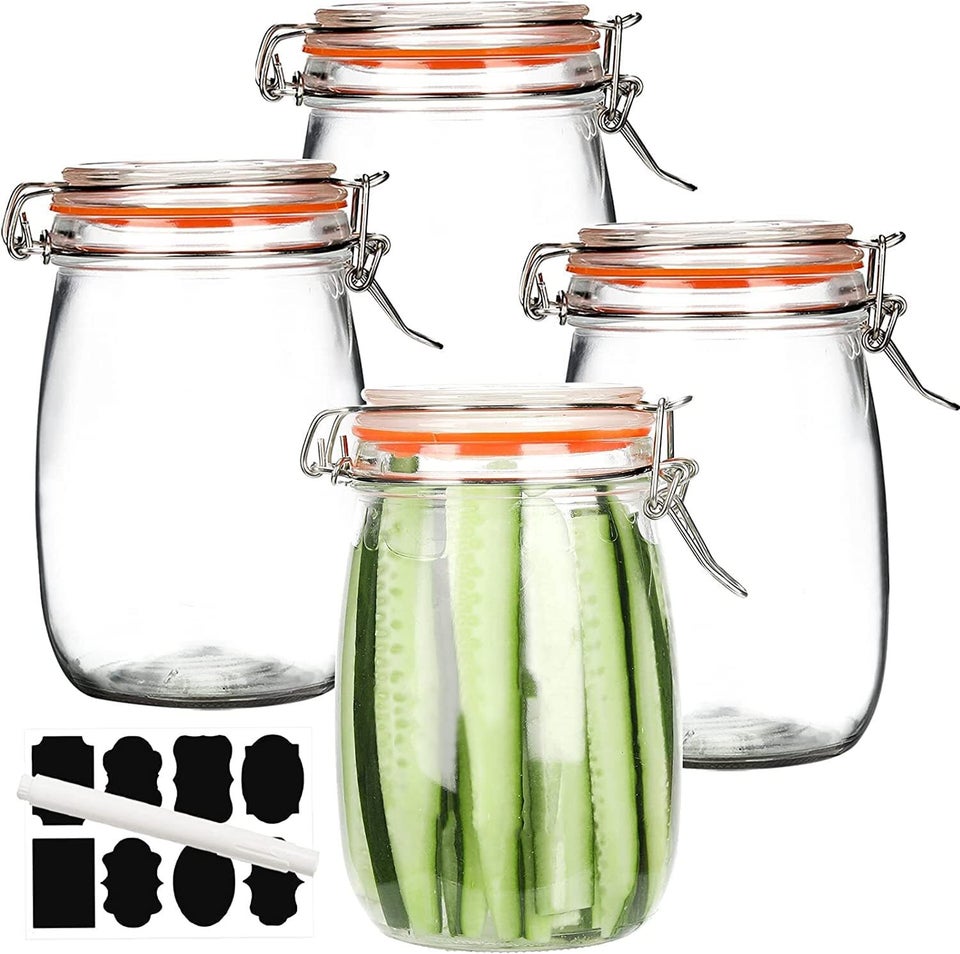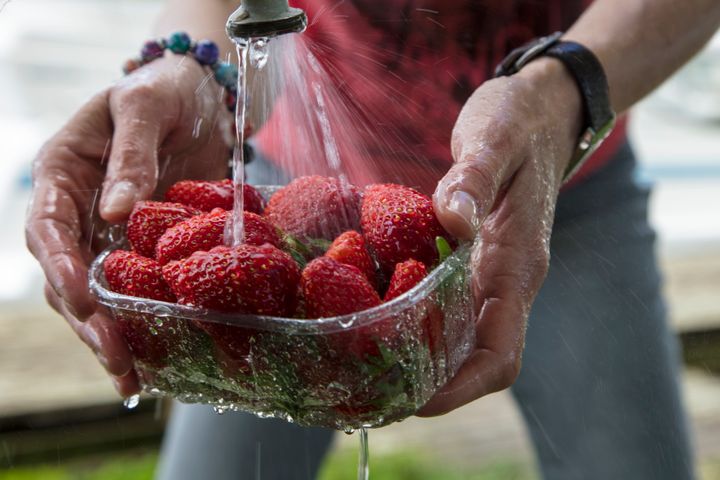
In addition to removing leftover bits of soil and errant garden bugs from delicious summer fruits and vegetables, many of us want to make sure that we’re clearing away residual pesticides, too. TikTok has popularized a trend of washing fruits and vegetables in baking soda, white vinegar and specialty “produce washes,” but is that really the best method?
We found ourselves wondering: What are the actual risks of consuming pesticides on produce? Do you really need to wash fruits and veggies in special formulas to get them clean? Can all types of produce be washed the same way?
To answer these questions, we turned to experts who know a thing or two about summer produce and pesticides.
Pesticides have been linked to serious ailments, but the proof is not always clear.
“There are many different types of pesticides, and the human effects of ingesting these chemicals can vary based on the type of pesticide,” said Dr. Kelly Johnson-Arbor, medical toxicology physician and medical director at National Capital Poison Center in Washington, D.C. “Some pesticides can cause neurologic damage, while others are associated with chronic health conditions such as cancer.”
Other concerns related to pesticides include “effects on reproduction or development,” often called endocrine disruption, Johnson-Arbor said.
These concerns cause many people to avoid unnecessary exposure to pesticides. The Environmental Protection Agency says “people are likely to be exposed to only very small amounts of a pesticides — too small to pose a risk.” In many cases, Johnson-Arbor said, “the exact dose and timing of exposure needed to cause these harmful human health effects remains unknown.” If you’d rather steer clear of pesticides on your produce, you’re not alone. Below, you’ll find expert advice for getting your summer produce haul close to pesticide-free.
Regular tap water is the best cleaner for fruits and vegetables.
The good news for the budget-minded among us is that, in Johnson-Arbor’s professional estimation, the water right from your faucet will clean produce quite effectively.
“Plain running tap water remains the simplest and safest method” of removing germs and pesticides from produce, Johnson-Arbor said.
The Centers for Disease Control and Prevention and the Food and Drug Administration both recommend washing produce with running water and not other solutions, including vinegar or commercial produce washes.
Don’t use soap, detergent or store-bought “produce wash.”
Fruits and vegetables are absorbent by nature, so it’s generally not recommended to use any type of soap, detergent or cleaning solution on them.
“According to the FDA, washing fresh produce with soap, detergent or commercial produce wash is not recommended, as their safety and effectiveness have not been adequately tested,” explained Emma Laing, the director of dietetics at the University of Georgia. “Because produce is porous, soaps and detergents can be absorbed even with thorough rinsing, and this can lead to illness.”
Resist the urge to soak your produce.
Soaking fruits and vegetables in clean water might seem like an effective way to deep clean it prior to eating. While it may help to remove pesticide remnants from the surface of produce items, Johnson-Arbor warned against this method because “it can actually lead to an increased spread of germs through the soaking water, causing a higher level of contamination.”
Johnson-Arbor added a warning about letting washed produce touch your sink: “Your sink is dirtier than you think!”

Produce with crevices, rough surfaces and leaves requires more thorough cleaning.
Summer produce runs the gamut from sturdy and hard-shelled items (like watermelons) to very delicate items (like berries). And if you’re washing a fruit or vegetable with a lot of nooks and crannies, you might not feel confident in your ability to remove all of the dirt and pesticide residue.
Chris Young, a California-based gardener and horticulture author, has advice for these types of produce.
“Start by gently rinsing them under cool running water,” Young said. “For berries, be careful not to wash them too vigorously, as they can become mushy. For leafy greens, separate the leaves and rinse them individually, ensuring that all sides are thoroughly cleaned. For produce with rough surfaces or crevices, like melons or cauliflower, use a produce brush to scrub away any dirt or debris. Pat them dry or use a clean paper towel before consumption.”
Don’t forget to wash produce that has a thick rind (like watermelon and cantaloupe).
We were surprised to learn that it’s just as important to wash thick-rinded produce as it is to wash fruits and veggies lacking that natural shield, but Laing urged you not to skip this step.
“Washing summer produce that is peeled and eaten without the skin, such as honeydew melon or mango, requires the same level of attention as fruits and vegetables that are eaten whole,” Laing explained. “Even if you are not planning to eat the skin on certain produce, washing is important to minimize the dirt and bacteria that could be transferred from the surface” to the fruit itself when peeling or cutting.
Be sure to have a clean scrub brush handy.
You can boost the effectiveness of plain water with a bit of scrubbing, Young said.
“Most people skip the step of rubbing or gently scrubbing the surface of fruits and vegetables,” he said. “The friction created by rubbing or brushing helps remove dirt, bacteria and some pesticide residues. So, remember to give your produce a gentle rub or use a produce brush for more effective cleaning.”
Make sure to keep your produce brush clean in order to prevent the spread of germs and the potential transfer of leftover dirt and pesticide residue.
Organic is the best way to avoid pesticides.
Produce that’s certified organic has a higher price than conventionally grown fruits and vegetables. And, depending on where you live, your access to organic produce might be limited. But if you’re able to purchase organic items, Richard LaMarita, a plant-based culinary arts chef-instructor at the Institute of Culinary Education, said this is the best way to avoid pesticides on your produce.
“Think about going more organic in your shopping and diet,” he said. “With organic, you can be assured that there are no artificial pesticides on your produce.”
The U.S. Department of Agriculture’s guidelines state that organic produce can only be treated with naturally occurring or plant-based pesticides, with few exceptions.
Rinsing and scrubbing should still happen with organic items to wash off dirt and natural germs. But buying organic greatly reduces concerns about chemical pesticides in your favorite summer veggies.
Does your produce always go bad before you can eat it? Grab these helpful items below.
HuffPost may receive a share from purchases made via links on this page. Prices and availability are subject to change.
Promising review: "I was having the hardest time keeping my veggies fresh for longer than a few days. Once I got this it kept my asparagus fresh and edible longer than a week. Definitely a must have!" — Tanya
Promising review: "I bought this for my daughter. She's able to store any food items without any stains or and residue left behind. The airtight food storage are just an extra plus as not only do you snap and push down but they also have clamps to keep food more fresh and also prevent rancidity. These make her so much more brilliant ideas for organizing kitchen cabinets and make her fridge look great when putting her fruit and meals inside for the kids to be able to grab with no issues and it's easy for the kids to microwave meals." — Fancy
Promising review: "Love how food stay fresher in these containers. Prep is also easier." — Kathie K.
Promising review: "Easy to open keeps food fresh and visible. They freeze real well, you can extract air and seal them up with a squeeze. I am so pleased with this entire product line I have them all. Easy to use, and clean, dishwasher safe is right." — Melissa M
Promising review: "I really like this product and have bought two more for Christmas presents this year. The herbs stay fresh for weeks!" — Kindle customer
Promising review: "These work great for keeping vegetables fresh in the fridge." — Craig Maher
Promising review: "This is perfect if you struggle with food going bad or not getting used in time it is perfect for organizing!" — Claudia Chaparro
Promising review: "I really love this little whiteboard. I put it on my fridge and it adhers perfect with a good strong hold. I use it to write out our weekly meals, keep track of groceries we need to restock and things I need to get done for the week. It's made me more organized without a bunch of random pads of paper. I didn't need markers but I like the 3 these came with which stick on the fridge as well. Also comes with an eraser. Didn't know I'd be so excited about a silly little whiteboard." — LLV
Promising review: "This is so cute and super convenient for keeping fruit off the counter in our small apartment kitchen! Highly recommend!" — Amazoniac
Promising review: "This was just what we need for safely keeping our fruits on the counter. It is constructed to allow just enough airflow to keep the fruit from going bad too quickly, and it is slim enough to easily put away in a cabinet when unused. Use this and get a separate hook for your bananas for a great combination." — Glenn J Mentel
Promising review: "Absolutely love this blender. Bought it to make smoothies and shakes so that I can eat more fruits/veggies. I use it every day using either fresh or frozen fruits. It’s powerful enough to blend frozen fruits quickly. Would recommend this for anyone changing their diets or using it for their existing work out recipes." — Jaime Valdez
Promising review: "This juicer is amazing, fits perfect on a counter top or wherever. Easy clean up. Very powerful makes a full 64 ozs of juice just add whatever fruit or vegetables you are juicing for the day. Love it recommend it for first time juicers starting out like myself!" — Consumer Shopper
Promising review: "Perfect for what I was looking for. Keeps our produce fresher longer and is dishwasher safe." — Mike
